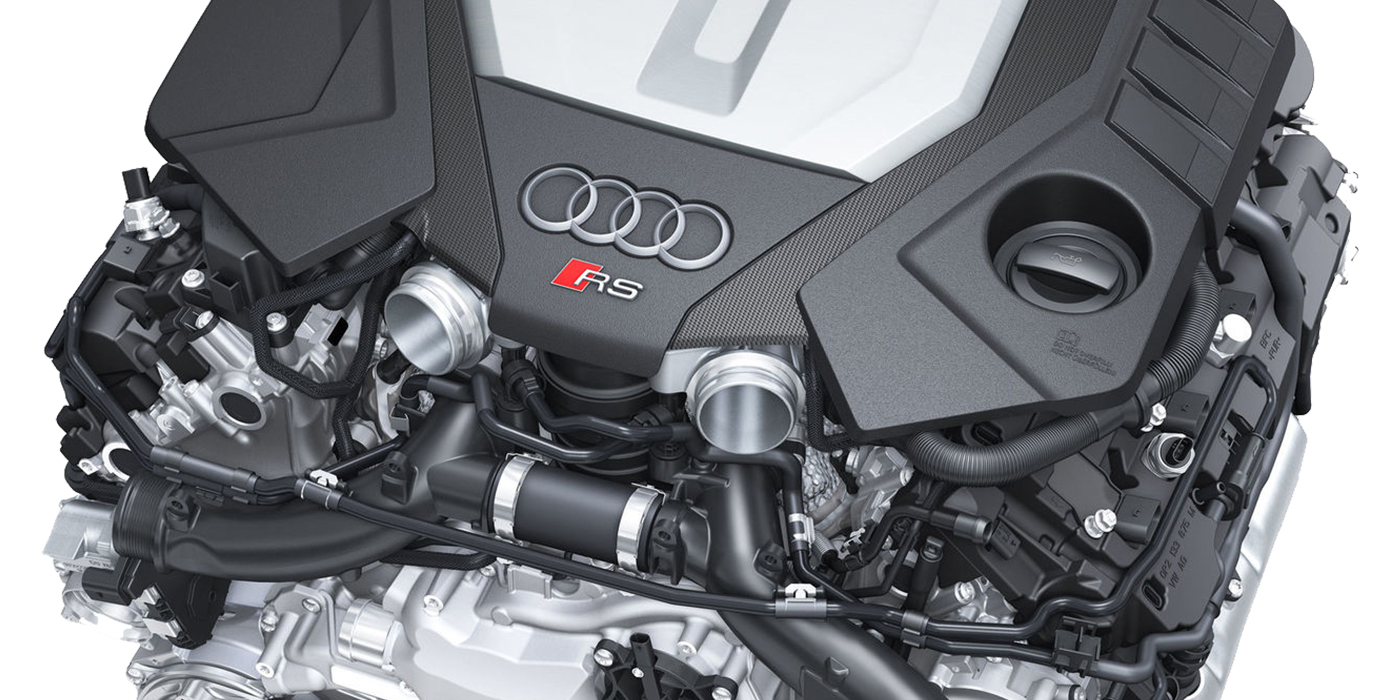By Larry Carley
Every year, an estimated 15 million trailer hitches are installed on cars, trucks, vans and SUVs. Industry statistics tell us that upwards of 65% of all trucks and SUVs have a trailer hitch installed on them at some point, and many passenger cars do too. That’s a lot of vehicles on the road that may need trailer wiring repairs at some point in their life.
Trailer wiring is an often overlooked item and can cause trouble when a trailer is connected behind a vehicle. Law requires all licensed trailers to have taillights, stop lights, turn signals and often a license plate light. Larger trailers may also have electrically operated brakes that require additional circuitry, and some trailers and campers may have batteries or other electrical systems that are charged or powered by the vehicle’s alternator.
When a trailer is hooked up to a vehicle, the trailer’s wiring connector may not match the wiring connector on the vehicle (different number of pins, different size, different configuration, etc.). Some type of adapter or rewiring may be necessary to solve the problem.
Another common problem is that the vehicle’s wiring connector for the trailer may be damaged, badly corroded or not wired correctly into the vehicle’s lighting circuits, resulting in no lights, the wrong lights or damage to the vehicle or trailer wiring when the two are mated. Maintaining a good ground connection between the vehicle and trailer is absolutely essential for proper lighting.
The trailer’s wiring also may have problems such as corroded, worn or damaged connectors, frayed, shorted or open wires, burned out bulbs, corroded or damaged bulb sockets, broken or missing lens covers, etc. Any problems that prevent the lights from working properly must be corrected before the trailer goes on the road — otherwise the motorist risks the wrath of watchful law enforcement types.
The point we’re trying to make is that trailer wiring can be a profitable service opportunity for shops who have electrical know-how and a willingness to promote this service to their customers. It’s obviously a seasonal opportunity, but one that can generate additional repair revenue as well as related brake, suspension and electrical work. Potential customers include anybody who pulls a boat trailer, personal watercraft trailer, motorcycle carrier, race car trailer, camper or utility trailer.
One way to promote this service is to install trailer hitches. Most people would rather have this done than attempt to do it themselves — especially the wiring part. For one thing, the wiring for the brake and taillights is not very accessible on many vehicles today. The wires are hidden behind trim panels and may be difficult to reach. Identifying the proper wires also can be tricky without a wiring diagram or a general knowledge of wiring. On some new vehicles, “lamp out” sensors and other onboard electronics require special modules to be installed.
On 1993 and newer Jeep Grand Cherokees, 1995 and newer Dodge Ram trucks, and 1996 and newer Ford Explorers, a special module must be installed to power the trailer lights. The wiring on these vehicles can’t handle the extra load placed on it by a trailer without setting off the “lamp out” warning light. There is also a risk of damaging the onboard electronics if the wiring is done incorrectly.
On some applications, a 5-wire to 4-wire converter is needed. The converter uses a diode to combine the stop circuit with the right and left circuits preventing feedback through the turn signals. On vehicles that use an RV-style 7-pin connector, the wiring typically includes additional circuits for electric brakes and auxiliary power.













